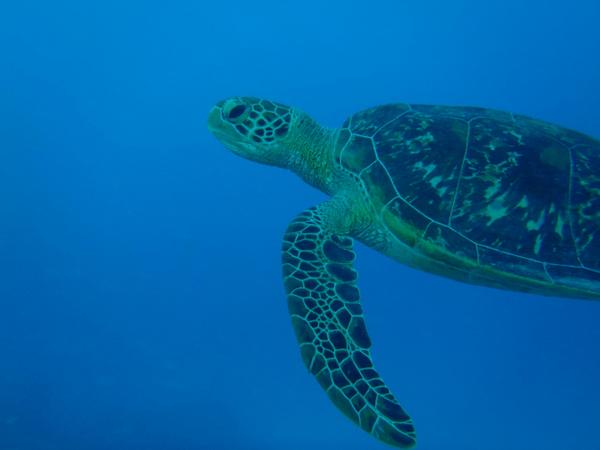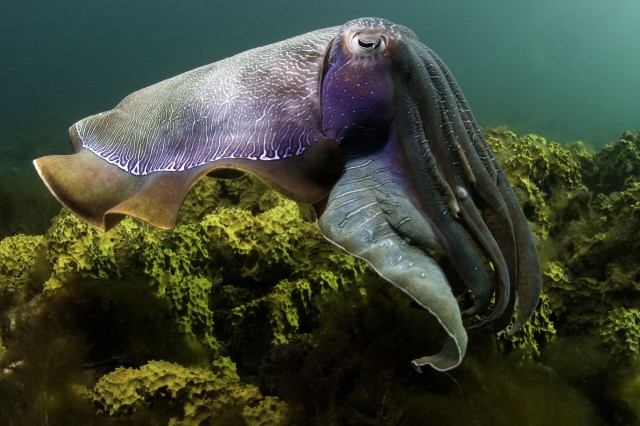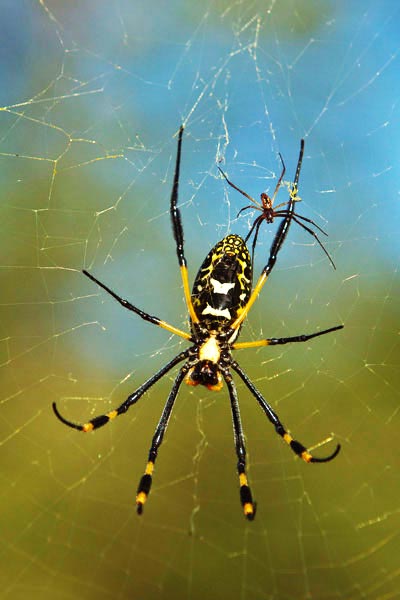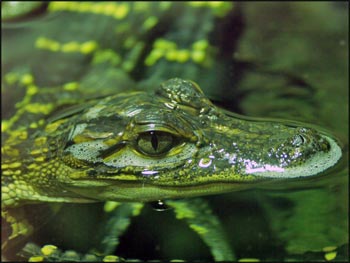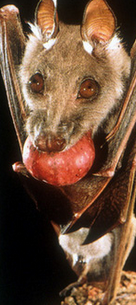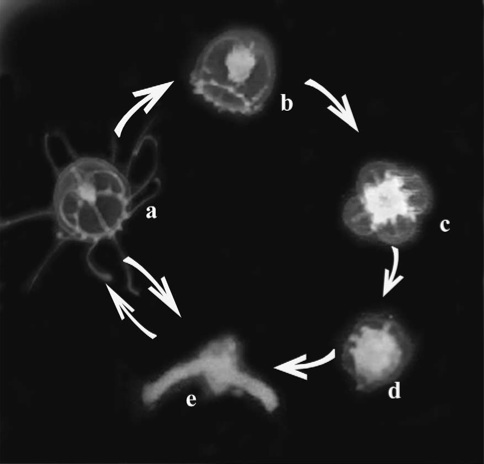Animal Behavior
Biology 342 Fall 2011
| Independent Project details | Past and Future Websites | Biology Home |
Websites 2011
(see below for class assignemet details)
Death Roll Behavior in Crocodilians Maya Jarred and Agustus Kilgore
Cuttlefish: The Chameleon of the Sea Smith Freeman, Phoebe Young, and Abraham Leiser
Caught In a Sticky Situation:The Orb-Weaving Spiderweb Emily Gastelum and Taylor Stinchcomb
Eric Van Baak
Hannah Schaupp, Shelly Skolfield, and Michaela Voorhees
Lek Behavior in Birds of Paradise Ethan Link and Kate Schimel
Pseudocopulation in asexual whiptail lizards Alec Condon
Monica Mao and Nikki Valentine
Nathan Eisenberg, Allison Giffen and Elise Dent
Cara Holton & Jackie Pires
Elephants & Siesmic Communication Stuart Steidle & Sara Post
Poornima Subramanian and Gabby Jaime
South American Gynotiforms: Conductance as Communication Moriah Gottman and Misha Naiman
Social Parasitism: Blue Butterflies in Ant Colonies Ellen Levkoy and Rachel Strominger
How To Kidnap a Baby Penguin
o hai octopi | tool use in cephalopods
|
|
|||||||||||||||||
Student pairs will create a web site
for an animal behavior of their choice.
Students will use this same topic in a 10 minute presentation to the class.
Students will comment on each other's
draft website.
For examples from previous
years see my TEACHING page.
Animal Behavior Websites
Website design can be a very effective means of communication. In science we use websites to advertise our own work, recruit students to our labs, convey the breadth of our research interests, discuss immature ideas, solicit collaborations, disseminate supplementary data, host databases that may be of use to other researchers in our field, organize our courses, advertise conferences, and generally communicate with scientists and the public around the world.
Your final website should summarize the current scientific understanding of a specific animal behavior in all areas of inquiry. You may choose to create a different page for each of Tinbergen's (1963) "Four main questions of behavior", but you are also free to develop your own comprehensive categorization scheme based on readings from week 2. Because some organisms are more suited to specific types of research, it may be necessary to incorporate research from multiple organisms in order to discuss the ontogeny, mechanism, phylogeny and adaptive value of the specific animal behavior. While books, websites, and newspapers may be used, the majority of the information presented should be supported by primary literature and all sources must be cited (including images). When appropriate, students should include historical perspective. The completed websites will be hosted on the web with students' permission.
Evaluation:
Websites will be evaluated according to the "web critique" criteria. Students are expected to have a completed website by the draft due date. This draft will then be "polished" after receiving peer review. Both the draft, and the final product, as well as the critiques will be part of the total grade for this project.
Draft - 25%
Critiques - 10%
Final product 65%
See examples from past years at the "Teaching" page of my own website:
http://academic.reed.edu/biology/professors/srenn/pages/teaching/Renn_teaching_MAIN.html
Schedule:
Week7 During Lab:
By now, you and your partner (in your lab section) should have researched your topic and have decided on a categorization scheme and have written text for each area of inquirey including citations and images.
In lab time you will:
- pick which template you want to use
- Create a "site" folder with your chosen templates.
- Create a home page with:
- the title.
- a brief outline and/or bullet points (to be expanded later).
- Create 5 sub-topics pages to be filled with information the draft information that you have.
- MECHANISM
- ONTOGENY
- PHYLOGENY
- ADAPTIVE VALUE and
- REFERENCES
- Experiment with colors and text styles using the style sheet.
- Learn to create internal and external links.
- Learn to add images to your webpage.
November 1st
All websites must be posted on the courses server by 5:00 pm.
The websites should be ready for public viewing. It is each student's responsibility to check that all images and links are functional from any computer on campus. If you have failed to create correct relational links and images they may work on your own computer but not when viewed across the web. Please seek advice before noon today for assistance.
Students will be assigned 2 websites to critique.
November 8th Constructive critique is due in class. These critiques will be delivered to the webpage authors on Thursday November 10th
November 22nd
Final websites, incorporating the critique comments, must be posted on the courses server by 5:00 pm. They will be linked to create a webpage for the course.
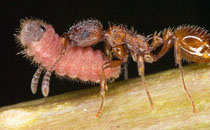 . Because some model organisms are more suited to specific types of research, some sites incorporate research from multiple organisms in order to discuss the ontogeny, mechanism, phylogeny and adaptive value of the specific animal behavior. Books, websites, and newspapers were used, but the majority of the information presented here is supported by primary literature.
. Because some model organisms are more suited to specific types of research, some sites incorporate research from multiple organisms in order to discuss the ontogeny, mechanism, phylogeny and adaptive value of the specific animal behavior. Books, websites, and newspapers were used, but the majority of the information presented here is supported by primary literature.